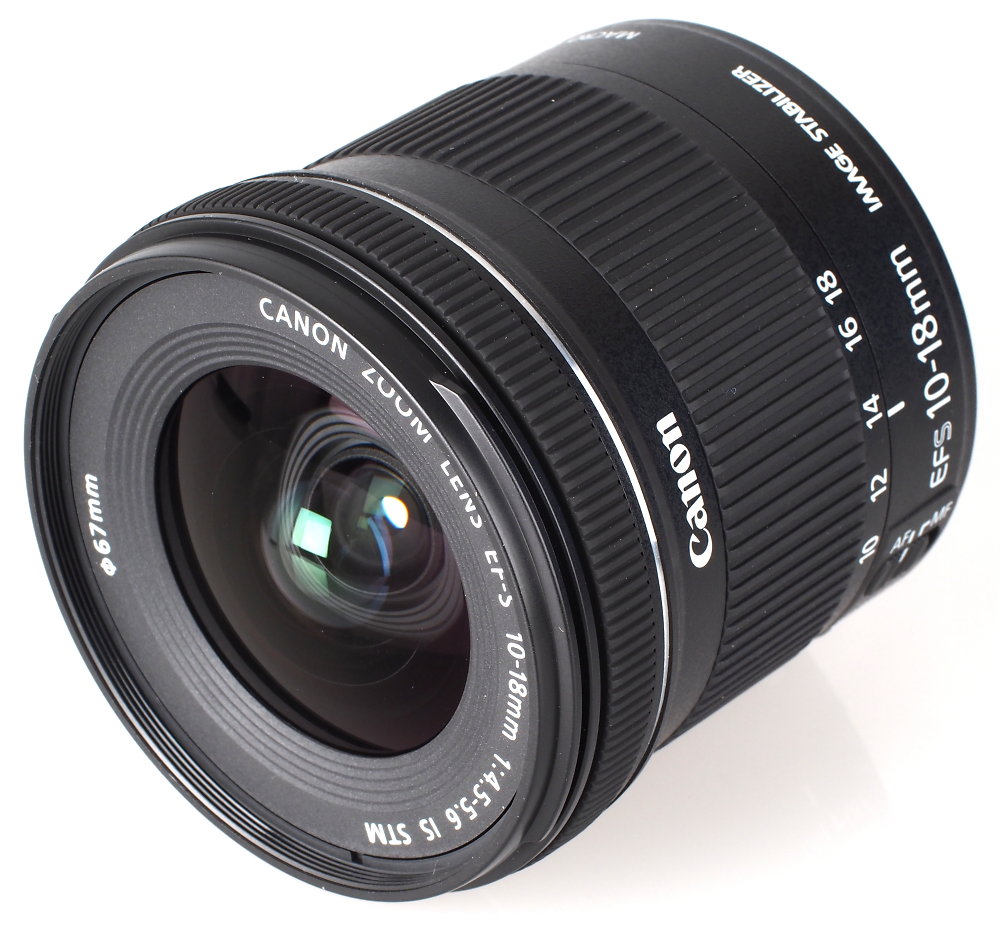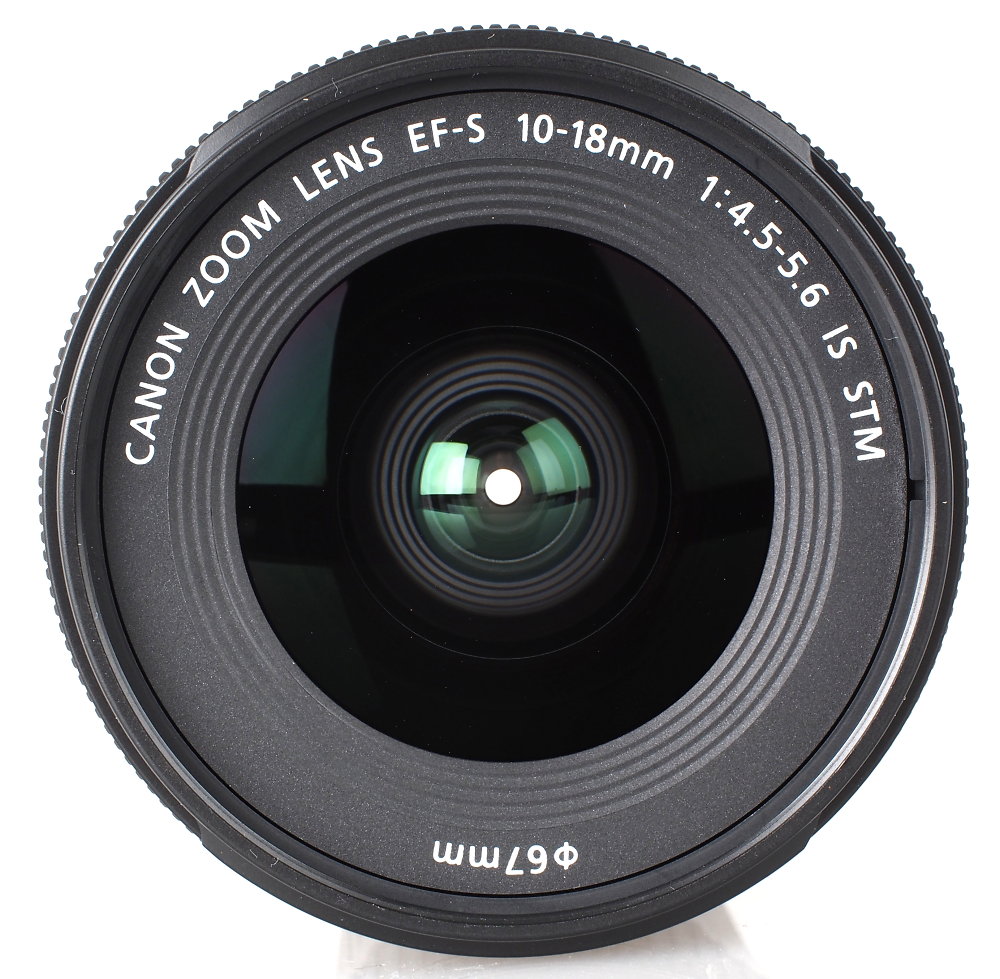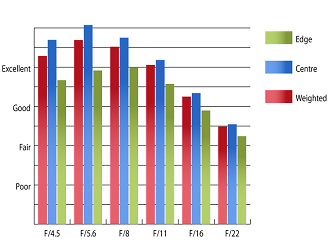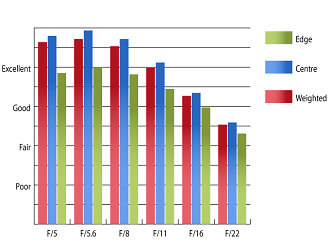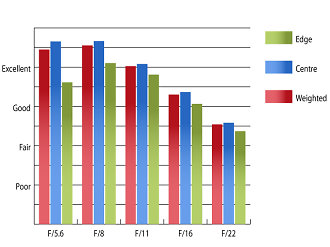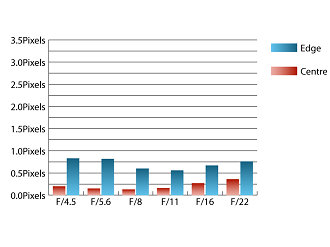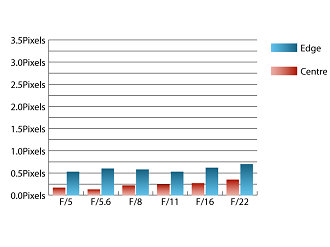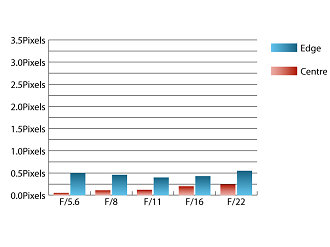Canon EF-S 10-18mm f/4.5-5.6 IS STM Lens Review
Canon EF-S 10-18mm f/4.5-5.6 IS STM Handling and Features
For a lens that provides such a wide field of view, this optic is remarkably lightweight, tipping the scales at only 240 grams. The lens barrel is constructed from high quality plastics, finished with a silver ring around the front of the lens. As it is an EF-S lens, it can only be mounted on E-FS compatible Canon cameras, like the EOS 700D used for testing, and although the plastic lens bayonet may not inspire confidence for many, it should be more than capable of supporting the light weight of this lens. The lens balances well with this camera, thanks to its compact size, making a good combination for travel.
Autofocus is very swift and precise and virtually silent. Unlike many of Canon's USM lenses, full time manual focus override is not possible and manual focusing is performed by the focusing motor. Manual adjustments can be made in single focus mode once the lens has locked onto a target. The manual focusing is only very lightly damped, but as depth of field is so deep due the relatively slow maximum aperture and short focal lengths covered by the zoom range, this isn't really an issue. A small switch on the side of the lens allows switching between manual and autofocus quickly.
Focusing is performed internally, so the 67mm filter thread doesn't rotate, making this lens ideal for use with polarising and graduated filters.
It is debatable whether image stabilisation is really a benefit on a lens covering such wide angles of view. Even so, I managed to take sharp hand held images at 18mm with shutter speeds as slow as a quarter of a second, which is roughly three stops slower than the usual rule of thumb for hand held shooting images would allow.
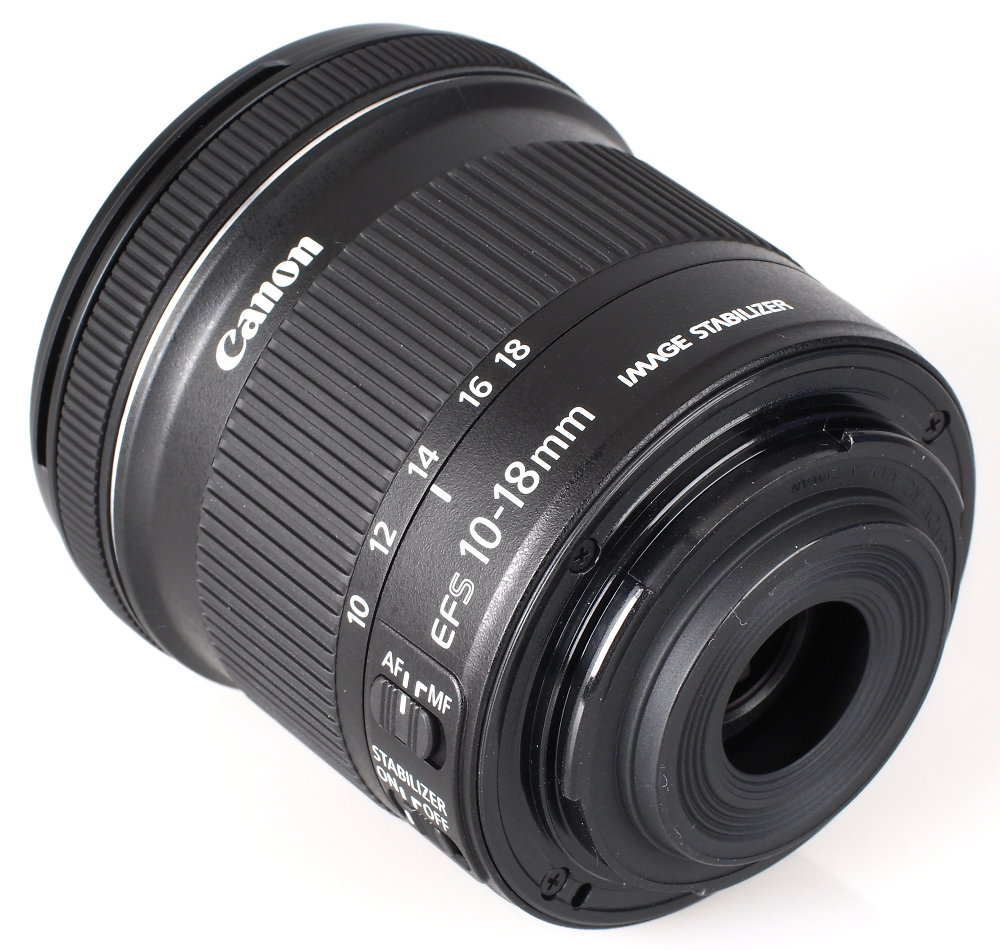
Canon EF-S 10-18mm f/4.5-5.6 IS STM Performance
At maximum aperture and 10mm sharpness is already outstanding in the centre of the frame, with the clarity towards the edges of the frame reaching very good levels. Peak sharpness is achieved between f/5.6 and f/8 for this focal length, and sharpness is outstanding in the centre and not far off excellent towards the edges at these apertures.
With the lens zoomed to 14mm, sharpness in the centre of the frame at maximum aperture remains outstanding, with performance falling just short of excellent towards the edges at maximum aperture. Peak sharpness across the frame is achieved at f/5.6 for this focal length where sharpness is excellent across the frame.
Finally, at 18mm, performance is much the same as at other focal lengths, with sharpness in the centre of the frame being outstanding at maximum aperture, and very good clarity being recorded towards the edges of the frame. Peak performance is at f/8 for this focal length, with sharpness being excellent across the frame.
How to read our charts
The blue column represents readings from the centre of the picture frame at the various apertures and the green is from the edges. Averaging them out gives the red weighted column.The scale on the left side is an indication of actual image resolution. The taller the column, the better the lens performance. Simple.
For this review, the lens was tested on a Canon EOS 700D using Imatest.
Chromatic aberrations are well controlled throughout the zoom range, only just exceeding three quarters of a pixel width at 10mm towards the edges of the frame. These low levels of CA will rarely be visible, even in images with high contrast towards the edges of the frame.
How to read our charts
Chromatic aberration is the lens' inability to focus on the sensor or film all colours of visible light at the same point. Severe chromatic aberration gives a noticeable fringing or a halo effect around sharp edges within the picture. It can be cured in software.Apochromatic lenses have special lens elements (aspheric, extra-low dispersion etc) to minimize the problem, hence they usually cost more.
For this review, the lens was tested on a Canon EOS 700D using Imatest.
Falloff of illumination towards the corners of the frame is fairly prominent at maximum aperture and 10mm with the corners being 1.81 stops darker than the image centre. At 18mm falloff is reduced to 1.2 stops darker than the image centre at maximum aperture and visually uniform illumination is achieved with the aperture stopped down to f/5.6 and beyond throughout the zoom range.
Distortion is pretty well controlled for an ultra-wide zoom lens, with Imatest detecting 3.2% barrel at 10mm and 0.302% pincushion at 18mm. This level of distortion should pose few issues for general snaps, but may cause some issues in images with straight lines parallel to the edges of the frame. If straight lines are paramount, then you'll be glad to hear that the distortion pattern is uniform across the frame, which should make corrections fairly easy to apply.
Few issues with flare were encountered during testing, with only a slight amount of flare being noticeable when shooting with the sun in the frame. However, no lens hood is supplied as standard, so if you require one for peace of mind, then an EW-73C hood can set you back up to £25.
Value For Money
Currently, this lens is available for around £300, which seems very reasonable, especially as this lens has only just been launched. Those who require a slightly faster maximum aperture, full time manual focus override and four millimetres more zoom range may consider Canon's EF-S 10-22mm f/3.5-4.5 USM lens. However, it is currently around £170 more expensive than this lens.
The closest equivalent from third party manufacturers is Sigma's 10-20mm f/4-5.6 EX DC HSM lens, which adds two millimetres extra zoom range, but lacks image stabilisation and costs around £50 more.
Tamron's 10-24mm f/3.5-4.5 Di II LD lens may also be considered as an alternative as it adds 6mm extra zoom range and a faster maximum aperture, but lacks IS and costs around £60 more.
Add your message
Please login here or if you've not registered, you can register here. Registering is safe, quick and free.
photodo Stats
428 MTF tests
74 in-depth photodo reviews
100+ users join each day
Help the lens community by reviewing or rating a lens today via our lens search
Latest Lens Reviews
- Chinon 28mm f/2.8 Vintage Lens Review
- Canon EF 70-200mm f/4L IS II USM Lens Review
- Samyang AF 85mm f/1.4 EF Review
- Sigma 70mm f/2.8 DG Macro Art Review
- Samyang AF 24mm f/2.8 FE Review
- Meike 50mm f/1.7 Review
- Tamron 70-210mm f/4 Di VC USD Review
- Lensbaby Burnside 35mm f/2.8 Review
- Asahi Super Takumar 50mm f/1.4 Review
- Asahi Super-Multi-Coated Takumar 135mm f/3.5 Review
